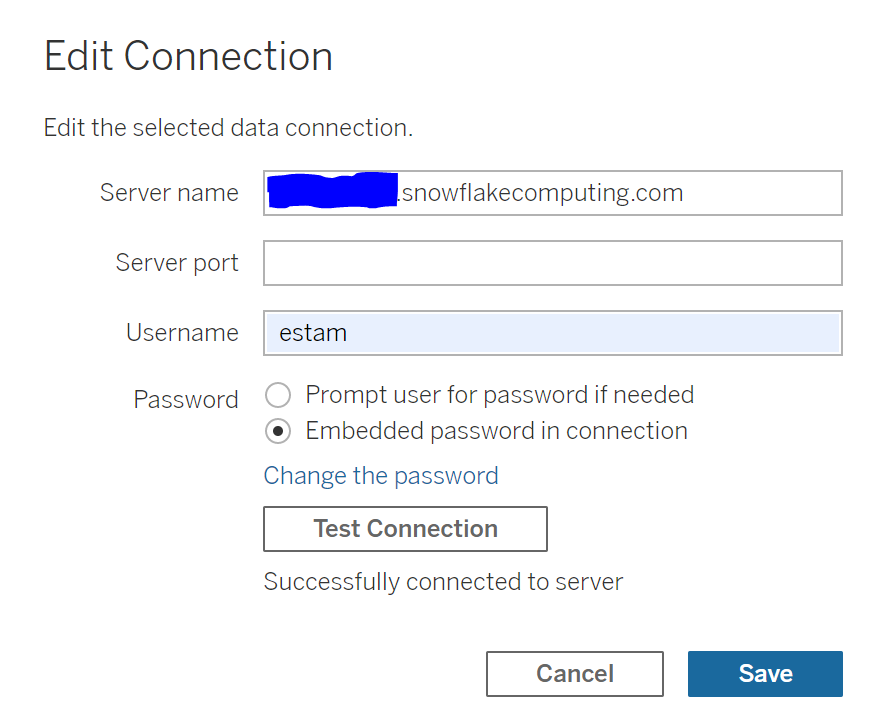

Describe how you can integrate REST API calls in Python using the Tableau Server Client library.Explain how you can manage Tableau servers, sites, workbooks, permissions, and other elements using the Tableau REST API.Version 3.12 (Tableau Server 2021.2): ts-api_3_12.After completing this unit, you’ll be able to:
REST API TABLEAU SERVER DOWNLOAD
You can download the lastest schema as an.


REST API TABLEAU SERVER CODE
You can use this code to help you create XML blocks using typed code, and to deserialize and serialize data from REST API requests and responses.

xsd file that maps XML elements and attributes to objects and properties. For many programming frameworks, you can generate code from the. When you construct XML for a request, you must make sure that the XML block is well formed and that it conforms to the schema. The schema for the XML used in requests and response is available in a schema (.xsd) file. In addition, many API methods return data in the response using an XML block. REST API methods that require data in the body of the request pass the data as an XML block. You can use the XML schema to generate classes that you can use when programming. The XML and JSON requests and responses follow a schema. In XML, the body of the request might look like this: your-server/api/3.13/sites/ site-id/users/ user-id
REST API TABLEAU SERVER UPDATE
To update a user, you make a PUT request and use a URI like the following to update the user with the specific user-id: In response to the POST request to create a user, Tableau Server returns the response that includes the user-id assigned to the new user. The siteRole value is the role you want the new user to have, such as Viewer, Publisher, or Interactor. If you set the Content-Type to JSON ( application/json), the request block might look like the following: The body of the XML request might look like the following: If you use XML, the block must have root element called . By default, the Content-Type is ( text/xml). The request block can be in either XML or JSON. In this URI, your-server is the name or IP address for your Tableau Server installation, api-version is the api version bumber, The site-id value is an identifier for the site, and group-id is an ID for the 09:16:08 your-server/api/ api-version/sites/ site-id/groups/ group-id/users For example, to get a list of the users in a specific group, you send a GET request that has the following format: You indicate what resource to work with by making requests using a URI. The URI specifies the site, project, workbook, user, or other resource that you are creating, viewing, or deleting. The HTTP verb indicates the type of operation you want to perform on a resource. This verb can also dissociate a resource from a collection-for example, you can use the DELETE verb to remove a user from a site, which dissociates the user from collection of users on the site, but doesn't remove the user from the server.


 0 kommentar(er)
0 kommentar(er)
